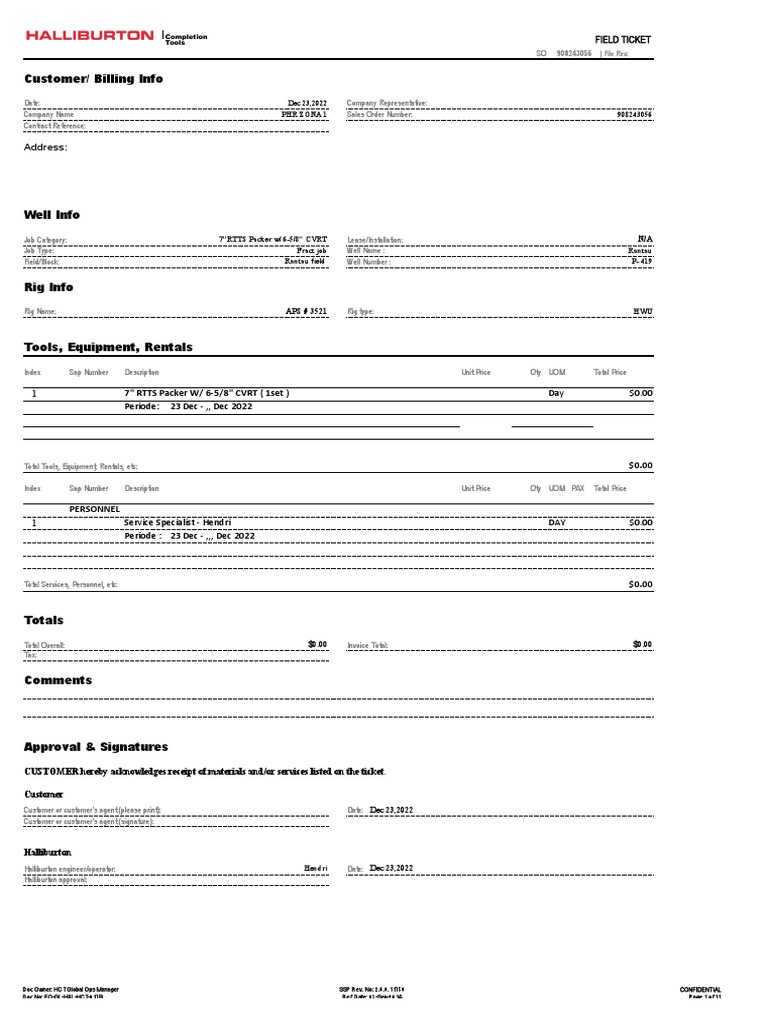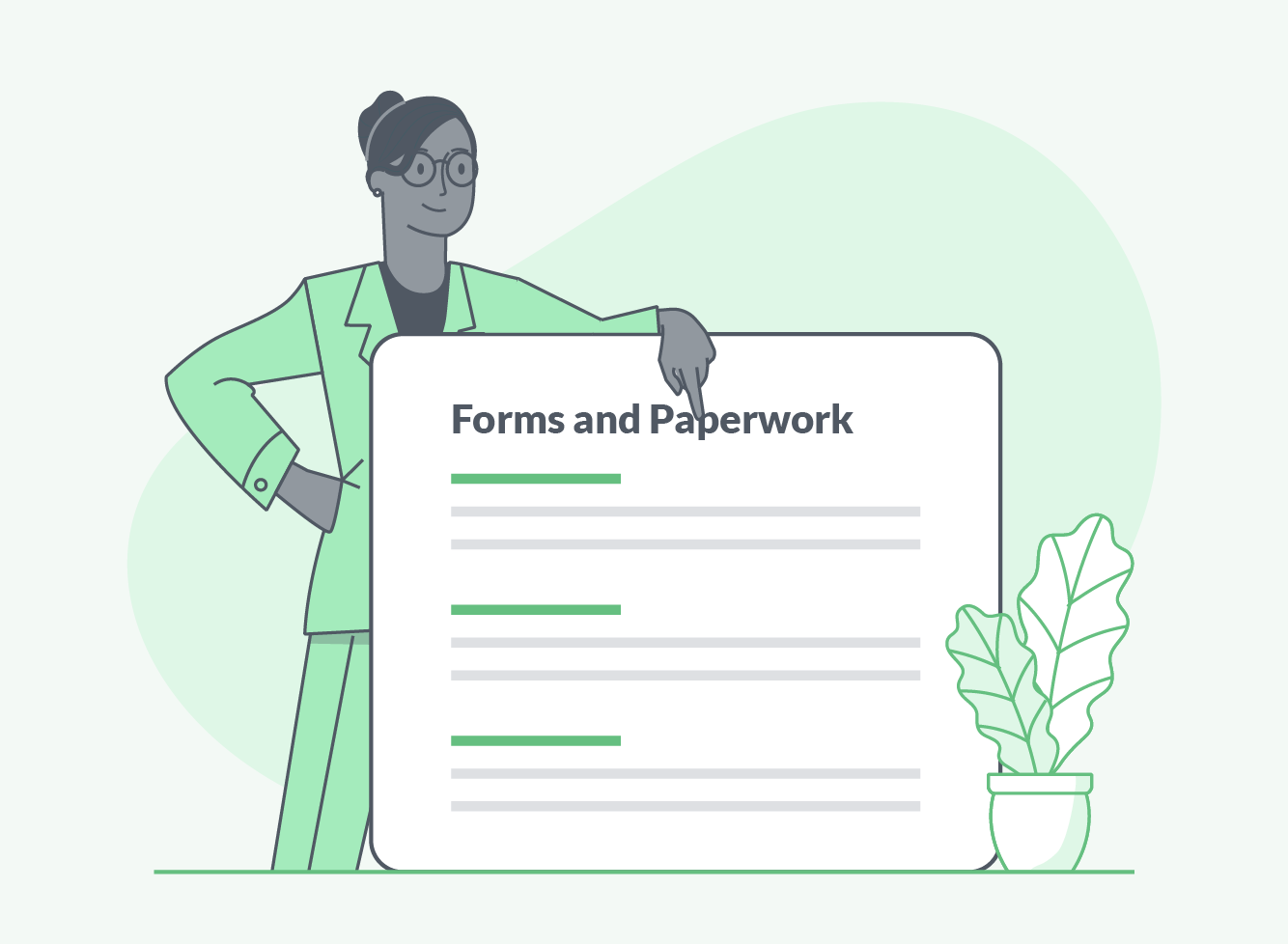Convert Upset Plot in R to Excel Easily

The analysis and visualization of categorical data can be challenging, particularly when dealing with large datasets and attempting to display the association between multiple categorical variables. One of the most effective visualization tools for such datasets is the UpSet plot. Originally developed by Lex et al. in 2014, UpSet plots offer an alternative to Venn and Euler diagrams for visualizing sets and their intersections. While UpSet plots are commonly created in R, converting these visualizations into Excel format can make data sharing and presentation simpler, especially for users more familiar with Excel. Here's how you can convert an Upset plot from R into Excel:
Understanding Upset Plots

Before diving into the conversion process, it’s crucial to grasp what UpSet plots represent:
- Set Visualization: UpSet plots visually summarize the size of sets and the frequency of their intersections.
- Matrix Representation: They use a matrix to show the presence or absence of elements in each set.
- Bar Chart: Bars on the left show set sizes, while bars on the top indicate intersection sizes.
Creating an UpSet Plot in R

The first step to conversion involves generating the Upset plot in R. Here is a basic example using the UpSetR library:
library(UpSetR)sets <- list(A = c(1,2,3,5,7,8,11,12,13), B = c(1,4,5,6,7,11), C = c(4,5,7,8,14,15), D = c(11,13,14))
upset(fromList(sets), nsets = 4, number.angles = 0, point.size = 3.5, line.size = 2, mainbar.y.label = “Intersection Size”, sets.x.label = “Set Size”)
Exporting to Excel

Excel does not natively support UpSet plots, so you’ll need to export the data and then replicate the visualization:
- Extract Data: From R, you need to extract the raw data used to create the UpSet plot.
- Save Data: Use a function to write this data to a CSV file:
# Assuming 'sets' contains your data
write.csv(sets, file="upset_data.csv")
Replicating UpSet Plot in Excel

Once the data is in Excel, follow these steps to replicate the plot:
- Prepare Data: Your CSV file should convert into an Excel sheet where each row represents a set and each column an element. Ensure all sets have the same length by adding NA or FALSE for missing data.
- Set-Up for Visualization:
- Convert TRUE/FALSE or 1⁄0 data to 1 for presence, 0 for absence.
- Transpose your data if necessary so that sets are in columns.
- Create Intersection Matrix:
📝 Note: Excel has limitations in creating dynamic visualizations like UpSet plots, so manual setup is required.
Set A Set B Set C Set D 1 1 0 1 1 0 0 0 1 0 0 0 0 1 1 0 
- Bar Charts for Set Sizes and Intersections:
- Use the COUNTIF formula to count the presence in each set for set size bars.
- Create a matrix using COUNTIFS to find intersection sizes.
- Use stacked bar charts to visualize intersection sizes.
- Formatting and Labeling: Add labels, titles, and ensure your chart is clear and understandable.
Benefits of Converting to Excel

- Accessibility: Excel is widely used, making it easier to share and present data.
- Interactivity: Users can interact with the data by filtering, sorting, or editing the Excel worksheet.
- Collaboration: Excel’s collaboration features can help in refining visualizations with team input.
📌 Note: While Excel's replication of UpSet plots might not be as dynamic as R, it does offer a practical alternative for data sharing and presentation.
This process of converting an UpSet plot from R to Excel not only bridges the gap between advanced statistical software and widely used office tools but also provides an opportunity for better data visualization comprehension among non-technical users. By leveraging the strengths of both R and Excel, you can ensure your data analysis is both comprehensive and accessible.
What is the benefit of an UpSet plot over traditional Venn diagrams?

+
UpSet plots scale better for more than three sets, providing a clearer visualization of the size of sets and their intersections without the complex overlap that can make Venn diagrams hard to interpret.
Can you automate the conversion from R to Excel?

+
Automation is possible but limited. You can automate data export and basic visualization setup in Excel, but Excel’s dynamic nature requires manual formatting and data manipulation to achieve an UpSet plot look-alike.
Are there any limitations when replicating an UpSet plot in Excel?

+
Yes, Excel’s visualization capabilities are not as flexible as specialized plotting tools like R. The manual setup can be time-consuming, and interaction with the plot is not as seamless as with interactive software.



